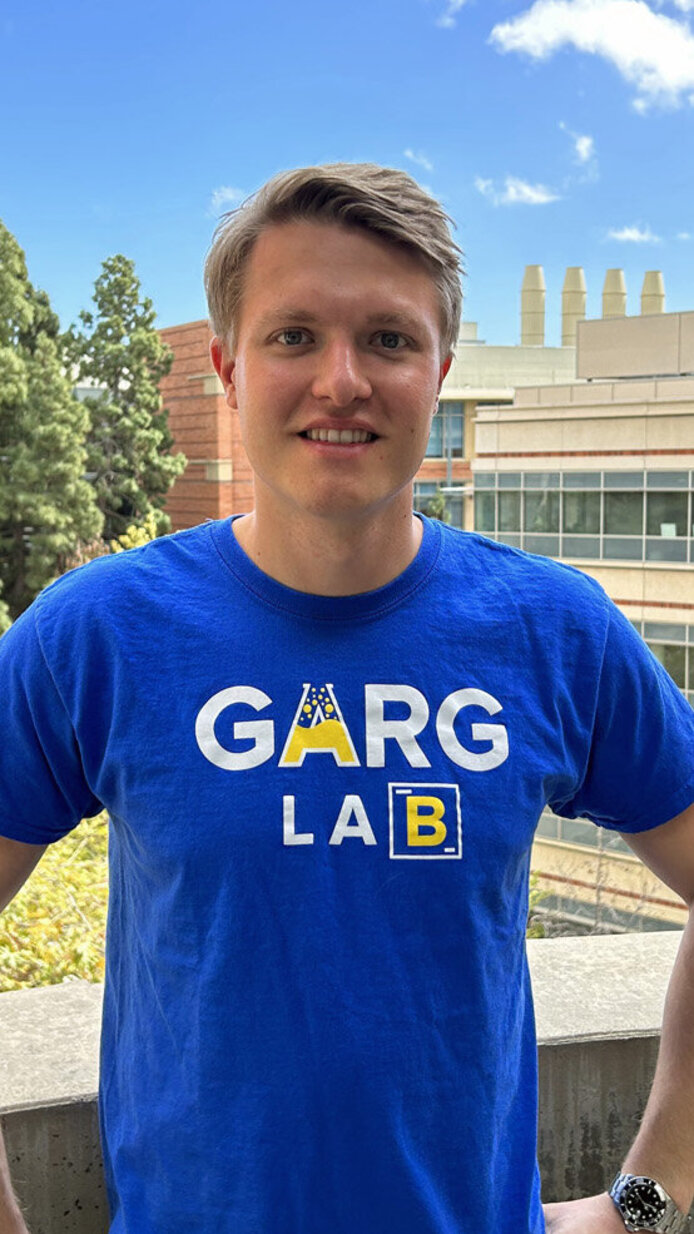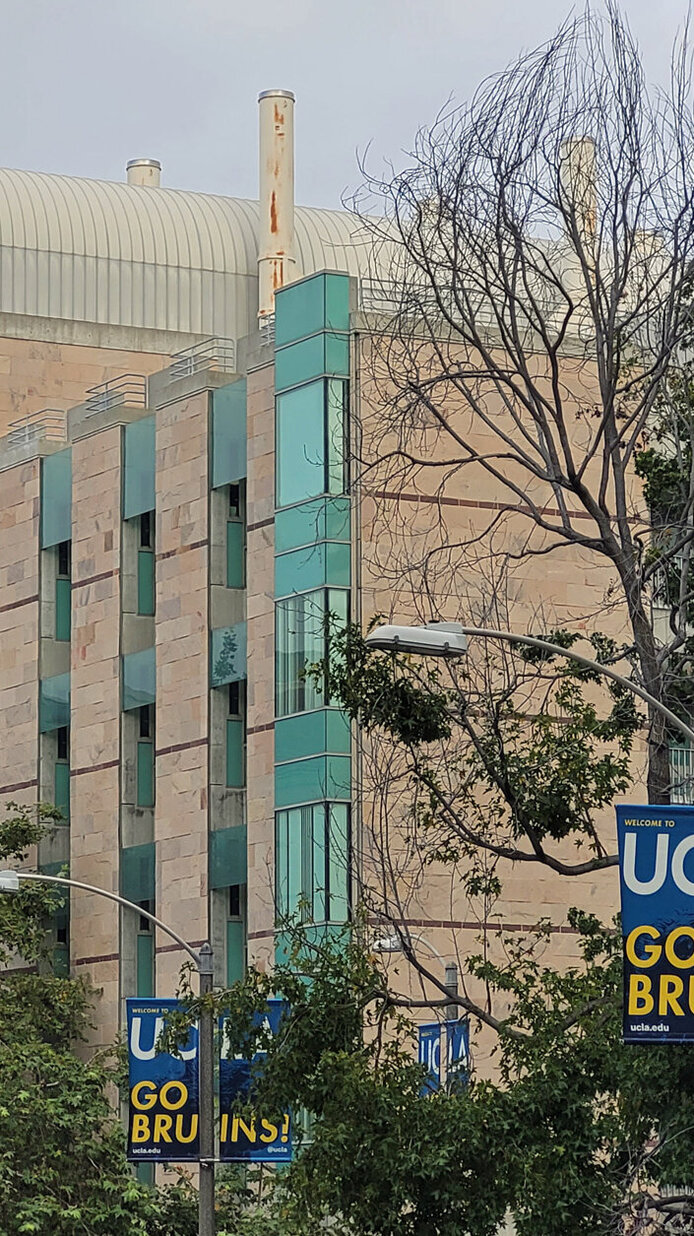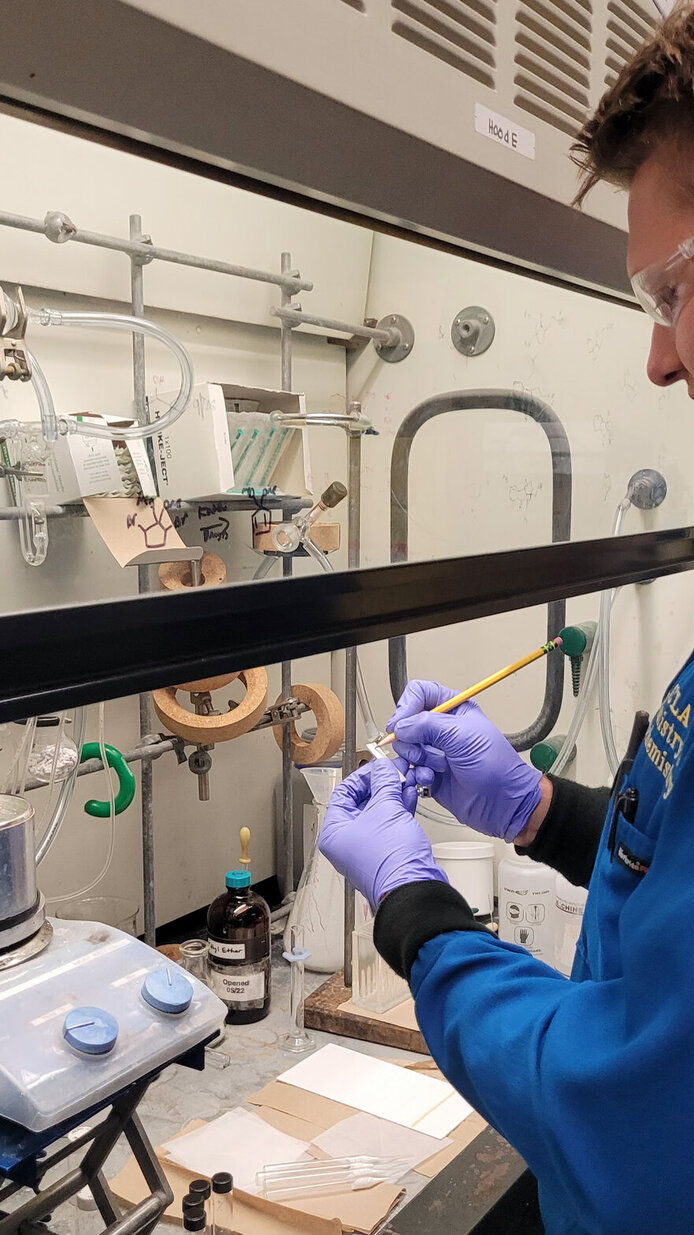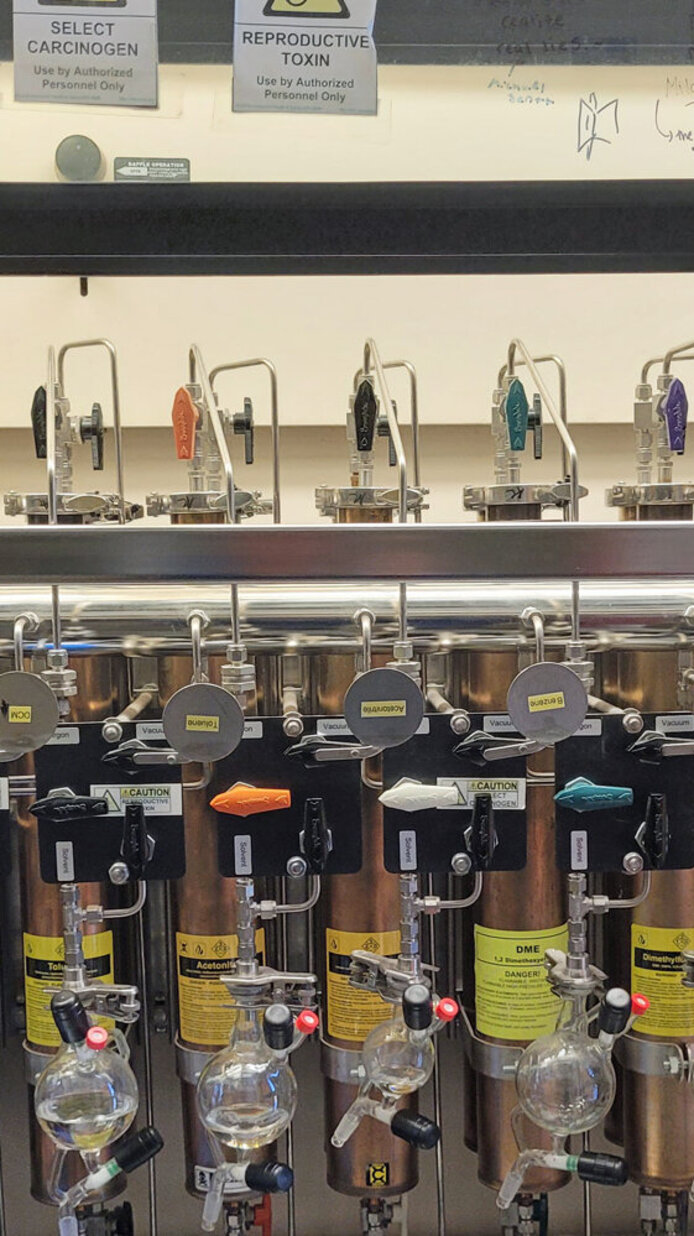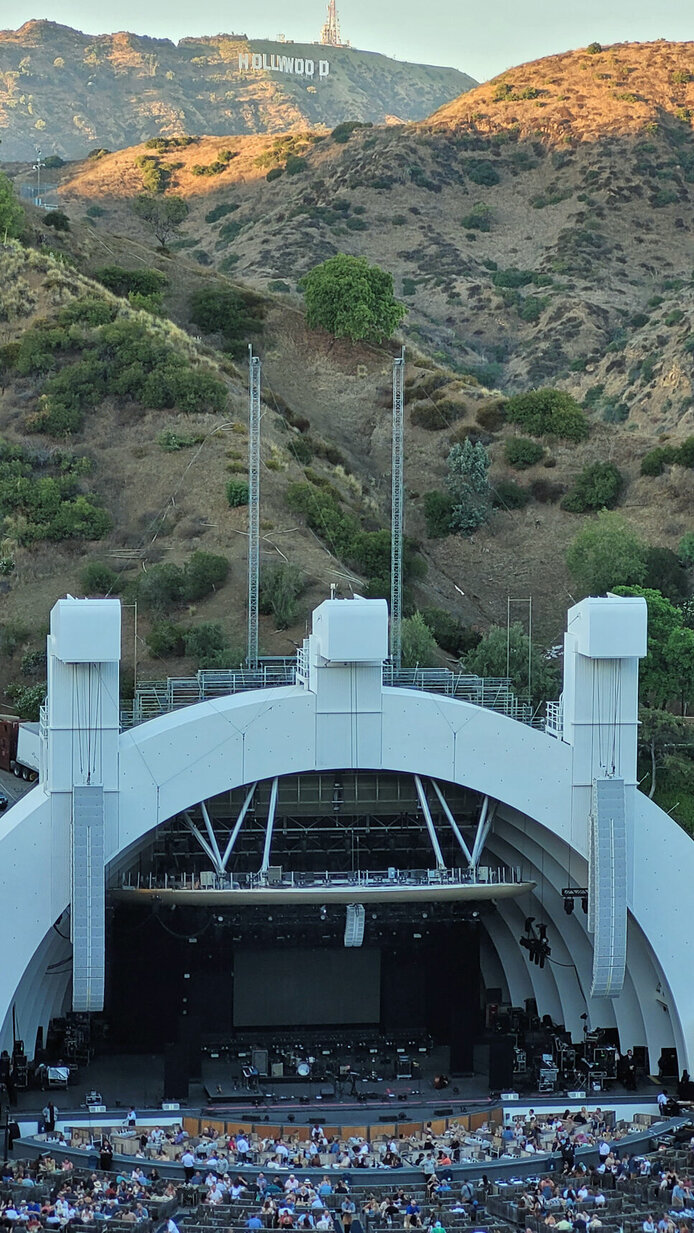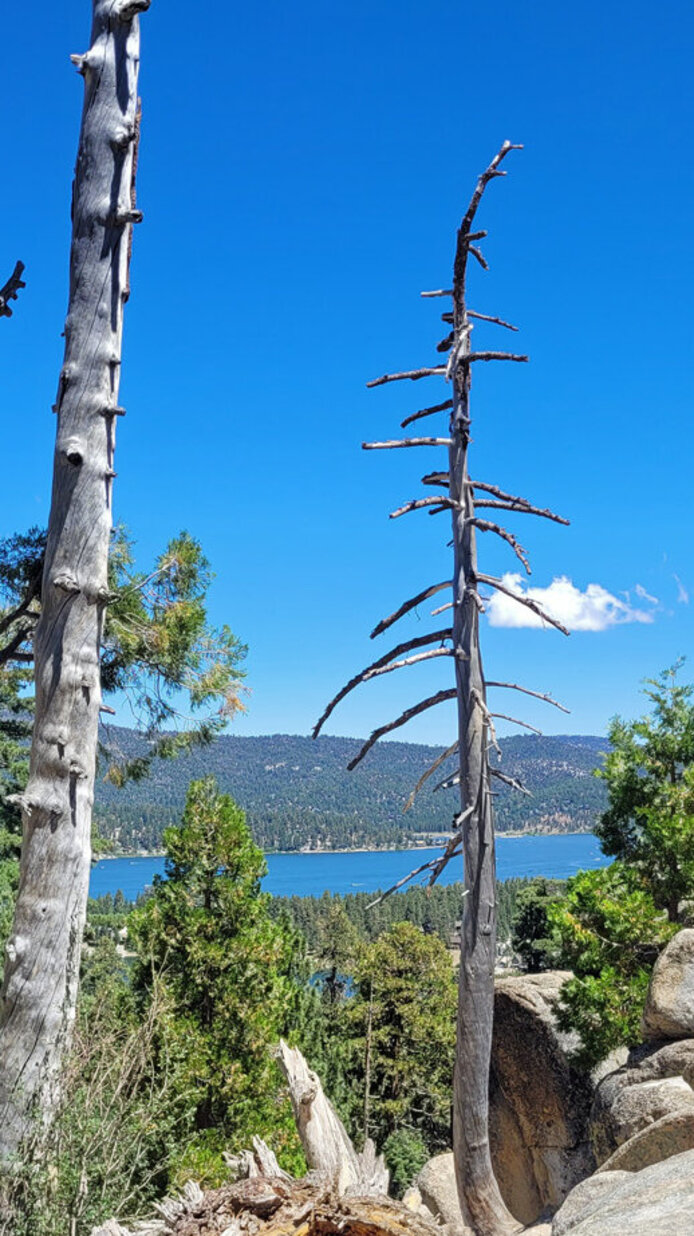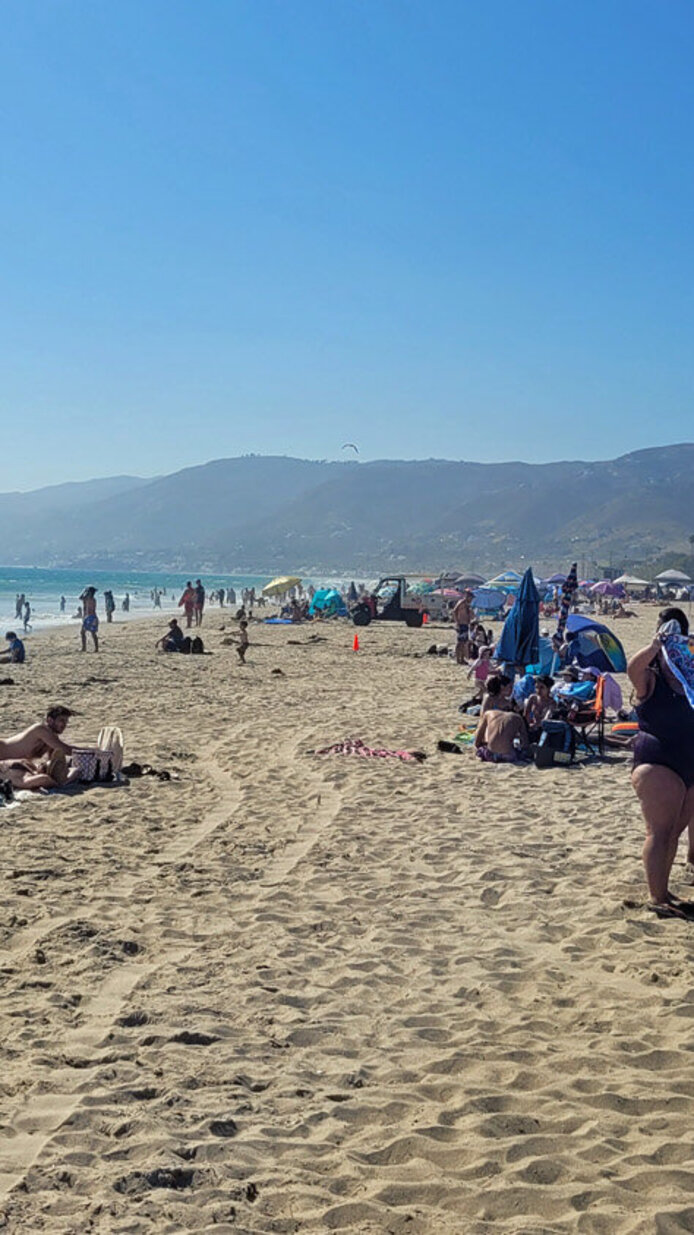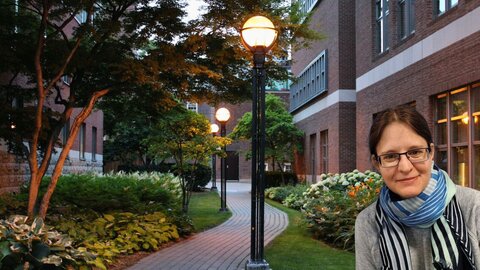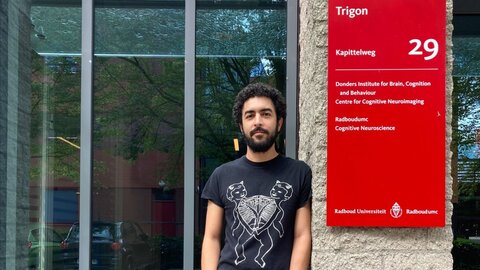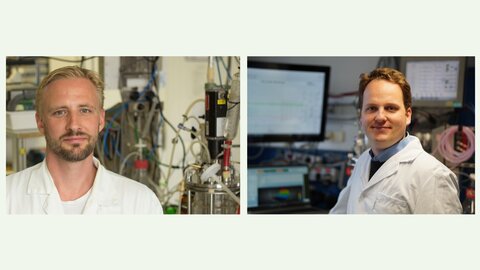California's innovative strength
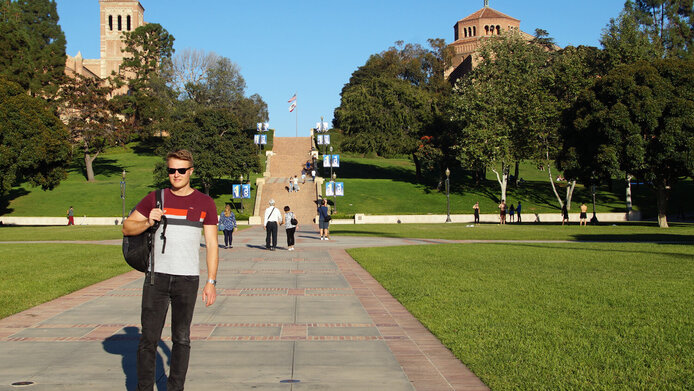
Early on during my PhD I realized that I wanted to pursue the opportunity of a postdoctoral fellowship to gain additional international experience in an academic environment. Neil K. Garg's research group at the University of California, Los Angeles (UCLA), held particular attraction because they are developing there innovative synthesis methods based on the extraordinary properties of so-called strained intermediates. These unstable compounds are formed when functional groups of preferentially linear arrangement, such as allenes, are incorporated into small organic ring systems, thereby creating a ring strain.
New computer-generated reaction mechanisms
In the context of our work at UCLA, we first predict the reaction properties using quantum mechanical calculations and then test them in the laboratory. My idea was to take advantage of the high reactivity of non-isolable cyclic allenes for a novel transformation. In organic chemistry, allenes are an important functional group characterized by the sequence of their carbon-carbon bonds.
At UCLA, I am developing transition metal-catalyzed carbon-hydrogen annulations to build complex multicyclic molecules in a very efficient manner. The development of such methods is of particular importance for the pharmaceutical and (agro)chemical industries. A pertinent example is a synthesis of the fungicide isopyrazam which is based on a similar technique used by Syngenta, a company specializing in seeds and crop protection products. Academic synthesis research benefits also from such innovations.
More information
Special research culture
The roughly 10,000 km distance between UCLA and my alma mater, the University of Innsbruck, makes itself felt in various ways, including the research culture. Influenced by techniques from industry, workflows at the Garg Lab are even more precisely geared to efficiency. Simple lab synthesis tasks are often outsourced to so-called contract research organizations (CROs) so that the team itself can focus on much more complex questions. In the context of university research, this is truly extraordinary. Equipment is also selected with an eye to speeding up processes.
Nonetheless, a 6-day work week is a given, as is the case at all prestigious research institutes in the competitive environment of organic chemistry. Since projects are generally tackled through teams, there is a pleasant working atmosphere and one enjoys going to the lab. Another important aspect of Neil K. Garg's group is professional development. There is a wide variety of meetings where one can hone one’s presentation and communication skills, for instance. The positive atmosphere, ensured inter alia by being supplied with bagels, donuts and extra-large slices of pizza, helps recharge batteries. Last but not least, there are lectures by outstanding researchers almost weekly.
One of the most unusual cities in the world
Arriving in the City of Angels (Los Angeles) can be a jarring experience. One sees many homeless people sleeping on the sidewalks with or without a tent. They are emblematic of the extremely tight housing market in the entire city. The inhabitants, and especially students, often spend more than half their income on rent. The reason for this is obvious: Los Angeles exerts a magical lure. If you live in this pulsating metropolis that exudes the typical chilled-out Californian charm, with its proximity to the mountains and the sea, weekends quickly turn into short adventure trips with the promise of lasting memories.
Things that I found particularly impressive included the concert atmosphere at the Hollywood Bowl, the beaches of Malibu, visiting a movie set at Universal Studios, hiking at Big Bear Lake and the creative cuisine of the many small restaurants. You actually have to drive to all these places in LA, because the sprawling city has been designed for private automobiles, which is also reflected by the cityscape: the streets are wide, the lots are large, and that holds great appeal. When driving along Sunset or Santa Monica Boulevard, the architectural and cultural diversity is a real feast for the eyes.
